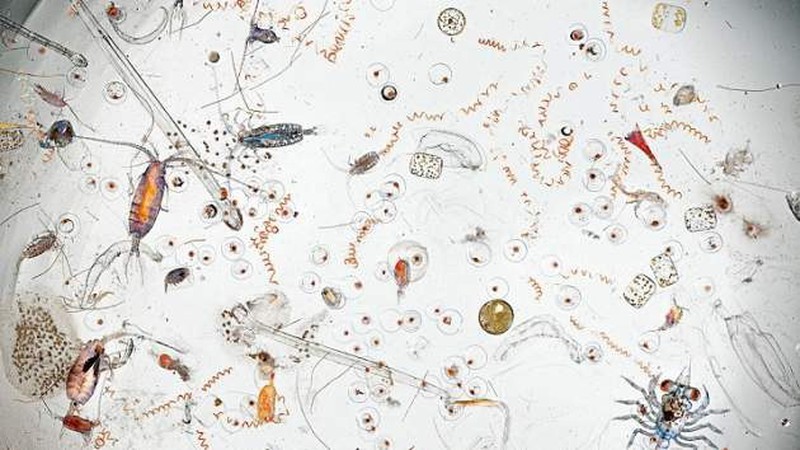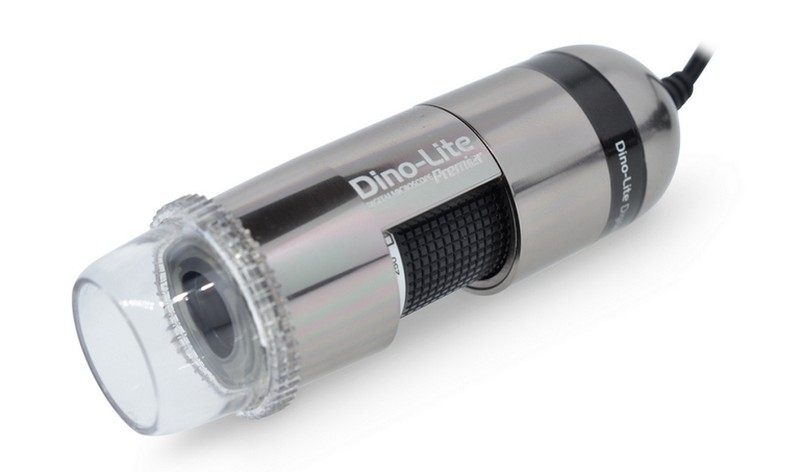Micro cosmos
There is a tiny world to discover and in Raig we are going to make it easy for you

Observation and curiosity are the basis of science and two values to learn from childhood. Encouraging the little ones at home to discover nature has a very positive impact on their education and development as a person, but for that, children, and not so children, need adequate instruments.
At Raig we have magnifying glasses, binocular loupes and microscopes to access that micro-cosmos and contemplate details never seen before. But ... what is the right instrument for each type of observation?
- Observe Leaves, insects and fungi:
For this purpose, it can be used with a simple magnifying glass, between 3 and 10 increases. We can choose between mango magnifiers, pocket magnifiers or codington magnifiers, a more magnifying, detailed and professional option to see details of flowers, leaves, small animals, minerals and mushrooms.
- Observe parts of insects, details of fungi and details of leaves, stems and flowers:
If we want to zoom into even more detail, then we are going to need a Binocular Loupe or Stereomicroscope. These instruments provide us between 7 and 65x (normally). Furthermore, binocular vision offers a three-dimensional reality, therefore a more realistic vision. With a bonocular magnifying glass we have a perfect instrument for the scientific classification of plants, fungi and insects.
- Observe tissues and cells:
To observe tissues and cells we must enlarge much more and here biological microscopes come into play. These reach up to 1000X, destined for cell observation. Biological microscopes move between 100 and 1000X.
We will use a biological microscope to observe tissues and cells, such as blood cells and bacteria. It is an instrument used in biology and medicine, but also in industrial or control applications and requires a lot of detail.
The digital age has also fully entered microscopy and we currently have many solutions in digital microscopes, both with the possibilities of a binocular luppa and an optical microscope.
The advantage of a digital microscope is that the visualization can be enjoyed from the screen of a computer, with appropriate software which allows viewing, taking photos and videos of the samples and also other functions such as measurement. All this simply by connecting a USB cable to the PC, tablet or mobile or even via wi-fi







Opinions of our clients
Receive our news